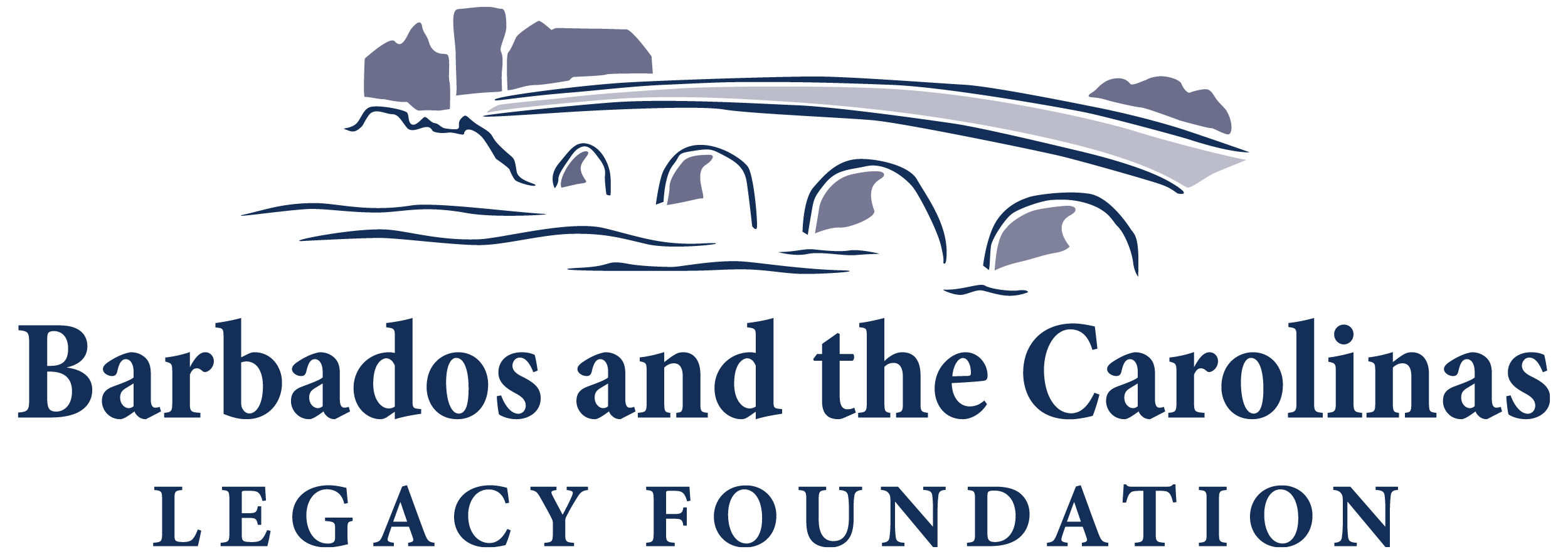Drayton Hall
The Drayton family moved to South Carolina from Barbados in the 1670s, bringing with them seven enslaved people to what is now known as Magnolia Plantation. By 1738 Drayton Hall stood and would soon withstand the impending Revolutionary War and many eras of American history throughout the centuries. The legacy of the enslaved people of Drayton Hall is now a major focus on tours and ongoing research. The African American cemetery on site remains one of the oldest still in use.
3380 Ashley River Road, Charleston
www.DraytonHall.org
Middleton Place
Touted as America’s oldest landscaped gardens, Middleton Place is easily one of the most recognizable historic plantations in Charleston. The Middleton family immigrated to South Carolina from England via Barbados and continued their storied legacy in rice planting and politics. The Middleton Place of today encourages visitors to explore every facet of Middleton’s history, including demonstrations, exhibits, and tours focused on the significant contributions of African Americans from enslavement to freedom.
4300 Ashley River Road, Charleston
www.middletonplace.org
Charles Towne Landing
Over 300 years ago, a small band of Barbados planters, their servants and slaves sailed northwest to the New World and founded what would become the birthplace of the Carolina Colony and the plantation system of the American South. That, of course, would be Charleston, and the historic town’s birthplace. The settlers – looking for a place to grow sugar cane as they did in Barbados – settled on a spit of marshy land they named Albemarle Point on what is now the Ashley River. That was in 1670. Ten years later, the settlement was moved across the river to what is now downtown Charleston. The original site of Charleston is now preserved, interpreted and presented in colorful, living history fashion at Charles Towne Landing State Historic Site.
1500 Old Towne Road, Charleston
www.southcarolinaparks.com
St. Nicholas Abbey
Though the name suggests so, St. Nicholas Abbey has never been religiously affiliated and has always been a sugarcane plantation house. The story here begins in the 1600s and is full of intrigue and scandal, during which the original owner, Benjamin Berringer, was allegedly killed by his neighbor Sir John Yeamans, who went on to marry Berringer’s wife. Yeamans moved with his bride to the colonies where he was appointed Governor of the English Province of Carolina at Charles Town in 1672. He is thought to have brought some of the first slaves to the colony. Yeamans eventually returned to Barbados where he lived at the plantation until his death. Today visitors can take an hourly tour of the great house, syrup factor, and bottling plant. There is also a café, formal gardens, a museum, and rum tastings.
Barbados, West Indies: www.stnicholasabbey.com
The Barbados Museum
The connection between Barbados and South Carolina will be apparent by exploring the huge variety of galleries at the local museum in Barbados, including the Jubilee Gallery, where you can walk through more than 4000 years on the island from the earliest inhabitants to European settlement, and the transition to a plantation society.
St. Ann’s Garrison,
St. Michael,
Barbados BB14038
www.barbmuse.org.bb/
Arlington House
If you’ve ever been to Charleston, South Carolina the architecture of Arlington House will strike you as familiar, as the Charlestonian “single house” structures were most likely inspired by those in Barbados. Today Arlington House is a three-story interactive museum where visitors of all ages will enjoy engaging in Barbados history.
Speightstown, Barbados
www.barbados.org




![CTL_crop_garden_and_archaeology_shed[1].JPG](https://images.squarespace-cdn.com/content/v1/5b1030fcda02bc71162b38aa/1527882178640-ERUB22IWHR94Z0HK2NKN/CTL_crop_garden_and_archaeology_shed%5B1%5D.JPG)


